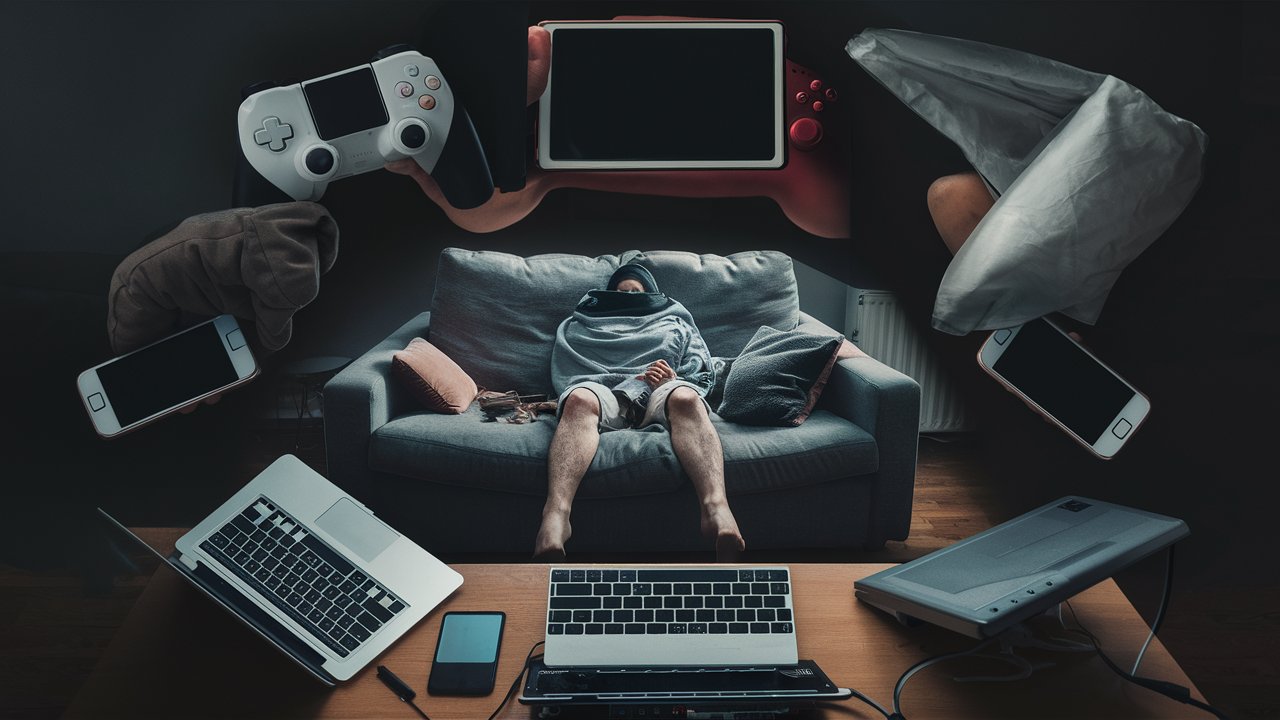Table of Contents
Define sedentary lifestyle understanding how deeply it can affect your overall well-being. Define sedentary lifestyle means spending long periods sitting or lying down with minimal physical activity. In today’s world, where many jobs and leisure activities involve sitting, understanding the impact of this lifestyle is crucial for improving health and well-being.

What Is a Sedentary Lifestyle?
Understanding Sedentary Behavior
Define sedentary lifestyle, we first need to examine what constitutes sedentary behavior. This involves sitting or lying down while engaged in activities like watching TV, working at a desk, or using a computer. It is characterized by low energy expenditure and minimal physical movement.
Common Examples
Common examples of a sedentary lifestyle include:
- Sitting for long hours at work.
- Spending extended periods on electronic devices.
- Spending most of the day lounging on the couch.
Though seemingly harmless, these activities contribute to a sedentary lifestyle that can have significant health consequences.
The Health Risks of a Sedentary Lifestyle
Physical Health Problems
Define sedentary lifestyle reveals numerous health risks. Prolonged inactivity can lead to obesity, heart disease, and diabetes. When the body is inactive, it struggles to regulate blood sugar and cholesterol levels, increasing the risk of chronic conditions.
Mental Health Impacts
To define sedentary lifestyle, one must note that it doesn’t just affect physical health but also mental health. Research shows that prolonged sitting can contribute to feelings of depression and anxiety. Lack of movement reduces the release of endorphins, which are crucial for maintaining a positive mood.
Ways to Escape a Sedentary Lifestyle
Incorporate More Movement
Breaking free from a sedentary lifestyle starts with incorporating more movement into your day. Simple changes like standing up regularly, taking short walks, or using a standing desk can make a significant difference. These small steps help reduce sitting time and increase overall activity levels. Read more about Lifestyle. Click here to see more about Lifestyle.
Set Movement Goals
Another effective strategy is setting achievable movement goals. Aim to include at least 30 minutes of moderate exercise, such as brisk walking or cycling, into your daily routine. Regular physical activity helps counteract the adverse effects of prolonged sitting and boosts overall health.

Tips for Staying Active Throughout the Day
Use a Timer
To define sedentary lifestyle, Using a timer can be an easy way to remind yourself to move. Set an alarm to go off every hour to prompt you to stand up and stretch or walk around. This simple habit can help break up long periods of sitting and keep your body active.
Engage in Active Hobbies
Engaging in active hobbies can also help reduce sedentary time. Activities like gardening, dancing, or playing sports provide enjoyment and keep you moving. Find hobbies you love and make them a regular part of your life.
The Role of Technology in Managing Sedentary Behavior
Fitness Trackers
Fitness trackers can be a valuable tool in managing sedentary behavior. These devices monitor your activity levels and provide reminders to move. You can stay motivated and monitor your daily activity levels by tracking your steps and active minutes.
Apps and Programs to Define Sedentary Lifestyle
Various apps and programs are designed to promote physical activity. Some offer workout routines, while others provide tips for staying active throughout the day. Utilizing these resources can help you break free from a sedentary lifestyle.
Creating an Active Environment

Home Adjustments
Making adjustments to your home environment can encourage more movement. Consider adding a standing desk to your workspace or placing a mini trampoline in your living room. These changes make it easier to stay active and reduce sitting time.
Workplace Wellness Programs
Workplaces can also reduce sedentary behavior. Employers can implement wellness programs encouraging physical activity, such as offering gym memberships or organizing group exercise sessions. Creating a culture that supports movement can help employees stay active throughout the workday.
Define sedentary lifestyle means understanding its profound impact on your health and well-being. Recognizing the risks and incorporating more movement into your daily routine can counteract the effects of prolonged inactivity. Whether through simple changes, setting goals, or utilizing technology, breaking free from a sedentary lifestyle is essential for improving physical and mental health. Embrace a more active lifestyle and experience the benefits of reducing sedentary behavior.




